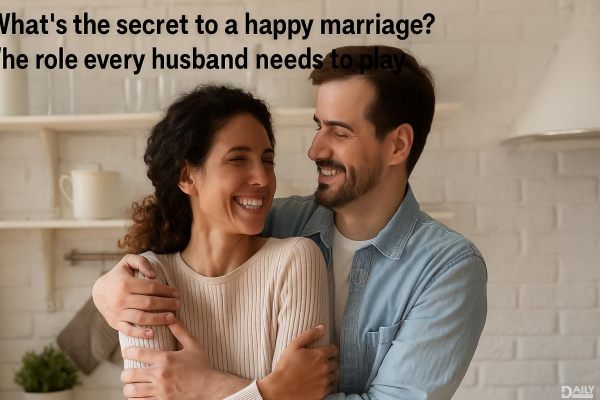kink isn’t just about leather, whips, or whatever wild fantasies Hollywood throws at us. For me, it became an unexpected path to healing, thanks to someone I affectionately call "Babygirl." Yeah, you read that right. What started as playful exploration turned into a deep dive into how power dynamics, trust, and even a little pain can stitch up old wounds. And no, this isn’t some Fifty Shades fanfic—it’s real life, with real emotional breakthroughs. So if you’ve ever wondered how the hell kink could be therapeutic, buckle up. I’m about to break it down.
The Unlikely Therapist: How Kink Taught Me to Trust Again
After a string of messy relationships, my trust in people—especially romantic partners—was in shambles. Enter Babygirl, a switch who saw right through my "I’m fine" act. Our dynamic wasn’t just about scenes; it was about rebuilding my ability to surrender control without fear. In kink, consent isn’t just a checkbox—it’s an ongoing conversation. Safewords became my safety net, and for the first time, I learned that vulnerability didn’t have to mean getting hurt. Every negotiated boundary was a tiny victory, proof that I could say "no" without guilt and "yes" without regret. It was therapy with a side of rope burns.
Pain with a Purpose: Flipping the Script on Trauma
Here’s the twist: controlled pain helped me reclaim my body. Childhood trauma had left me feeling disconnected, like my skin was just a poorly fitted suit. But under Babygirl’s hands, pain became a language. A flogger wasn’t just impact play—it was a way to rewrite old narratives. The endorphin rush after a scene? Better than any antidepressant I’d tried. And the aftercare—cuddles, water, debriefing—taught me that care could coexist with intensity. For anyone who’s ever felt their body wasn’t theirs, kink can be a radical act of reclamation.
Power Play as Emotional Bootcamp
Ever been stuck in people-pleasing mode? Same. But domination/submission dynamics forced me to articulate my needs with terrifying clarity. As a sub, I had to voice limits; as a dom, I had to hold space for someone else’s. Babygirl drilled into me that kink isn’t about erasing boundaries—it’s about drawing them in neon. The roles we played were like emotional weightlifting, strengthening muscles I didn’t know were weak. And spoiler: that confidence bled into my vanilla life. Boss tried to dump extra work on me? Suddenly, "I don’t consent" rolled off the tongue.
The Afterglow Is Real: Why Kink Aftercare Beats Small Talk
Post-scene intimacy is where the magic happens. No awkward pillow talk—just raw, unfiltered connection. Babygirl and I would dissect every sigh, every flinch, turning aftercare into a masterclass in emotional intelligence. That tenderness rewired my brain: intimacy didn’t have to be transactional. And when real life got heavy, we’d fall back on those rituals—weighted blankets instead of restraints, but the same principle. Kink taught me that healing isn’t always pretty candles and affirmations. Sometimes it’s sweat, bruises, and someone handing you a juice box like you just ran a marathon.
So here’s the thing they don’t tell you in therapy workbooks: healing isn’t one-size-fits-all. For me, it came with a collar, a safeword, and a partner who knew when to push and when to pour Gatorade down my throat. Kink didn’t just patch me up—it gave me back ownership of my body, my voice, and my damn boundaries. And if that’s not therapy, I don’t know what is.
























